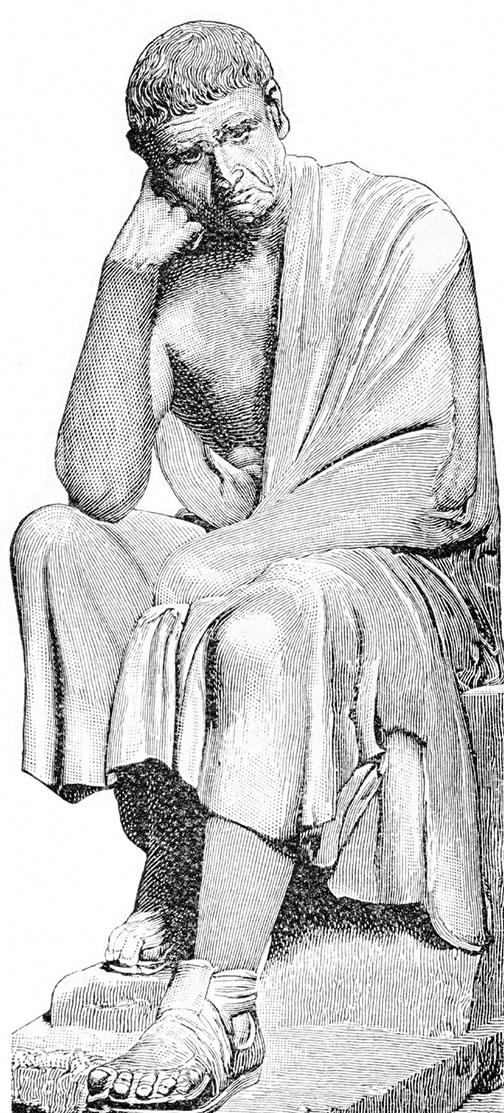
A Rabies Primer
Rabies was known in antiquity. It is believed to be referenced in the Mesopotamian Laws of Eshnunna, which were somewhat older than the Code of Hammurabi (about 1770 B.C.). Later, Aristotle wrote in his History of Animals that “dogs suffer from the madness.” Yet it was not until the 19th century that the disease could be diagnosed accurately or efforts were made to combat it through animal control.
The first rabies vaccine was developed by Louis Pasteur, who began researching rabies in 1880 and first used his vaccine successfully on dogs in 1885.
Each year, more than 15 million people worldwide are vaccinated after suspected exposure to rabies, which is believed to prevent hundreds of thousands of deaths.
About 60,000 people die each year from rabies, more than 95 percent of them in Asia and Africa. The virus is present on every continent except Antarctica.
Worldwide, dogs are the source of the vast majority of rabies deaths. In the United States people face exposure from wildlife: About 90 percent of reported animal cases are in wild animals.
Sources: www.historyofvaccines.org, World Health Organization, Centers for Disease Control and Prevention











No responses yet